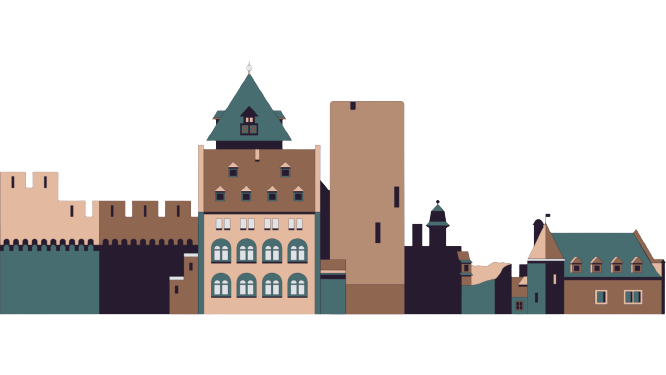

As an architectural designer in New York City, Emily Naghshpour focuses on environmental design. Keep reading to find out about both the environmental and communal impact of architecture and more!
What goes into designing a building?
The design process begins with defining the constraints of a project and evaluating the needs of a program (or the types of spaces in a building), and understanding the purpose the building is fulfilling.
Do you look at your environmental
impact?
Yes! In my opinion, you have to in 2022. Everything that could be defined as architecture is displacing or disturbing the natural environment that existed prior to the build environment. We as designers have to make sure that what we are doing is worth that environmental impact, and how we can minimize it.
Do you look at the community impact as well?
Absolutely. The context of a building is the most valuable constraint and consideration. Architecture impacts the surrounding urban fabric, and it’s vital to make sure we contribute thoughtfully rather than take away from the experience of the people who interact with the building. Aesthetics of form and functionality are considered important to context, but at the end of the day architecture serves people and we have a large opportunity to help others through the built environment.
Emily Naghshpour | graphic renderings
Is there a connection between how people feel & the architecture around them?
I think this is my favorite thing about working in architecture- the way that spaces impact people. Everything you interact with in the built environmental influences your experience. The concept of biophilia is being implemented more commonly. This is the idea that elements from nature such as natural materials, sounds from nature, and the inclusion of plants impact the atmosphere and your experience in the built environment. And of course, daylighting systems and lighting in a building fundamentally change how we experience a space. It’s often described as “lighting as a material” because it can be so impactful. Even things as detailed as the colors used on the interior can impact how the user feels. We spend over 80% of our lives inside buildings, and so as designers we have to strive to make that benefit the user as much as possible.
Emily Naghshpour | graphic rendering
Emily Naghshpour | graphic rendering
Emily Naghshpour | graphic rendering
Last question, what is your favorite architectural style?
My favorite style would be mid century modern homes and furniture design!
Emily Naghshpour | graphic rendering
Meet Emily
Originally from Mississippi, Emily Naghshpour became interested in designing in an urban context through studying abroad in Copenhagen, Denmark—where she completed her capstone in environmental design, researching the overlap between sustainable cities and personal wellbeing. Her design philosophy is driven by a belief in equitable access to the built environment. She believes the responsibility of a citizen architect includes the consideration of design practices that are sustainable by both social and environmental standards.
Emily earned her Bachelor of Architecture degree with a minor in Environmental Design from Auburn University. She currently works in social impact civic architecture in New York, New York.
Photo courtesy of Emily Naghshpour
Web Page Design by RACHEL EVERETT











